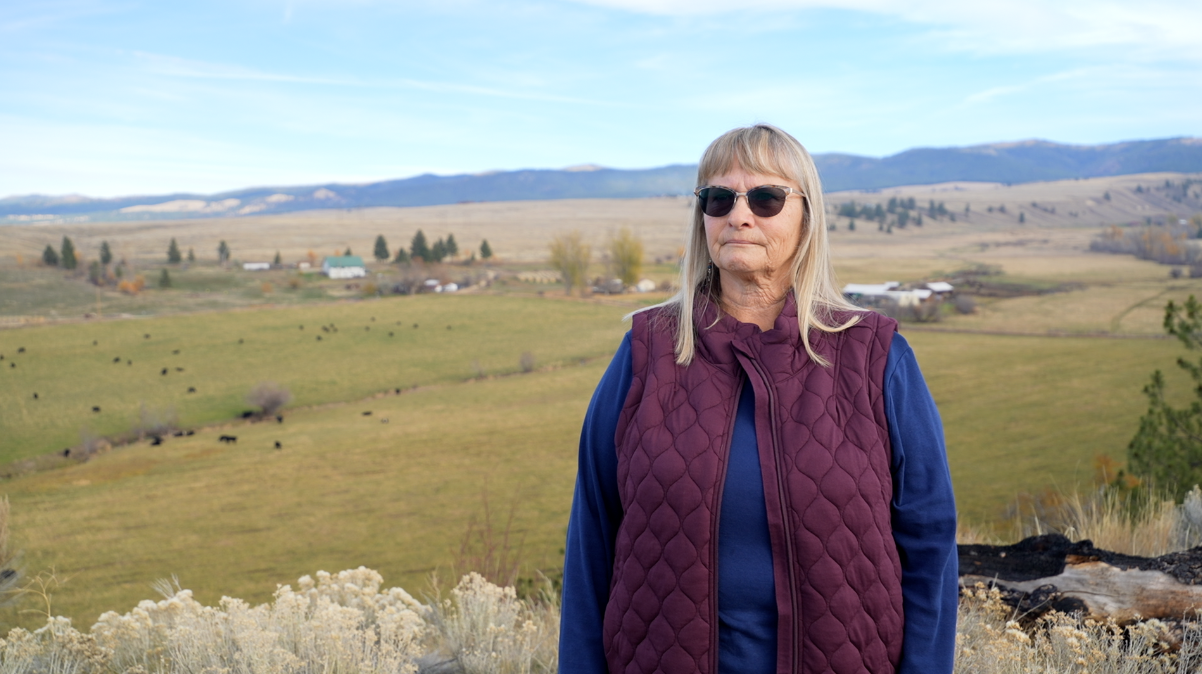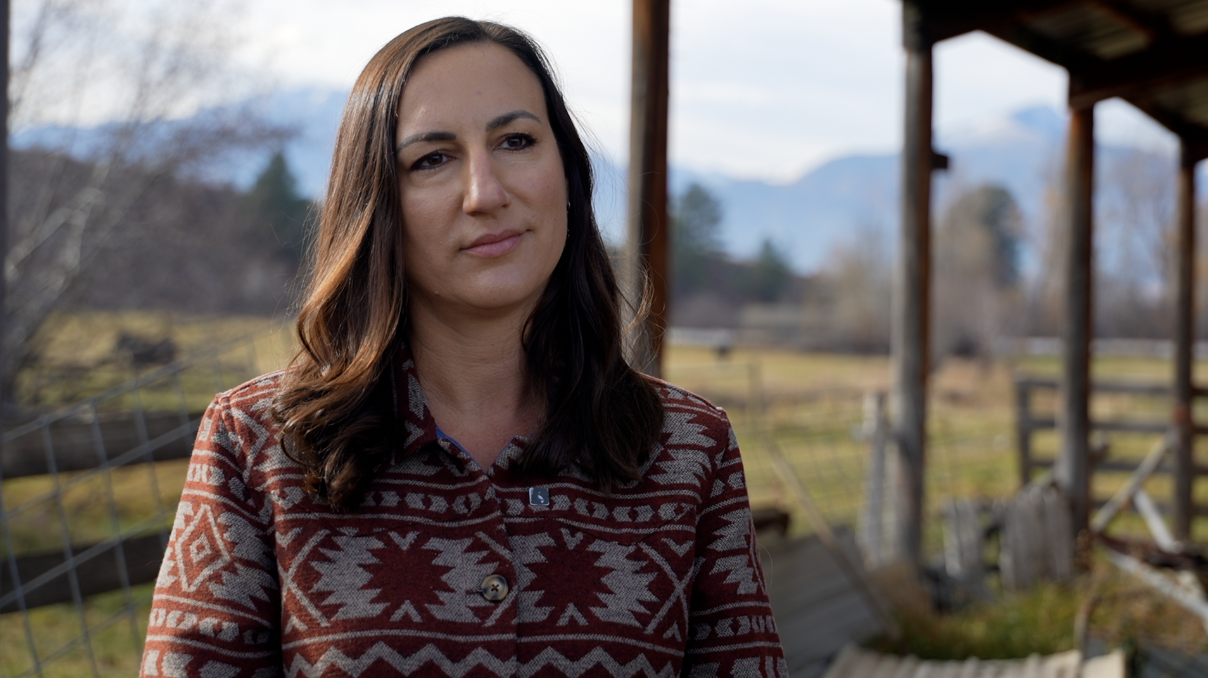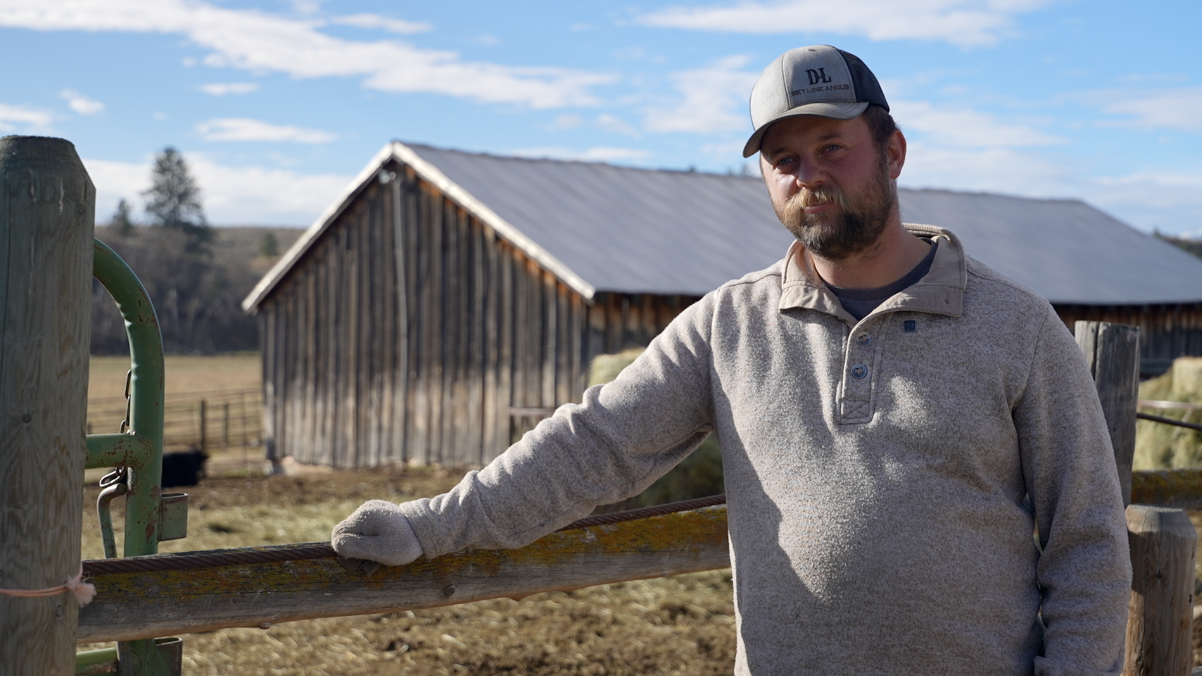STEVENSVILLE — Conservation easements are becoming more common across Montana as landowners look to preserve their properties for future generations.
Whether it be conserved for public access, wildlife habitat, or to stop development, many are choosing this form of preservation. MTN’s Emily Brown visited a ranch in Stevensville that's working to keep Bitterroot agriculture alive.
Ravalli County has been synonymous with ranching for centuries. However, the U.S. Department of Agriculture reports that between 2017 and 2022, the Bitterroot Valley has lost more than 150 farms and over 40,000 acres in farmland.
Watch the video to learn more about Bolin Ranch in the Bitterroot Valley:
Knowing this, the Bolin Ranch has turned its acres into a conservation easement.
“My father was born here on the ranch. I'm fourth generation. It was nothing for us to be a mile or so away from the house and my mom not knowing where we were," ranch owner Marlene Bolin told MTN.

Bolin says that life in Stevensville is different from what it used to be.
“I guess we took a lot of it for granted at the time. That's a portion of the ranch that doesn't exist anymore. [It's] such a beautiful area and everybody thinks they need to have their five-acre ranch on it. So, yeah, it's changing," Bolin said.
Her parents had 5,204 acres of the Sapphire Mountains that were conserved in the 1990s.
The USDA notes that Ravalli County is one of the fastest-growing counties in Montana. The Bitterroot has seen 15% population growth over the last 20 years, with 6.5% of that growth coming between 2020 and 2022. With the increase in population,
Bolin has continued to see more invisible lines chopping the landscape into subdivisions, which is why she decided to follow in her family’s footsteps and preserve her now 166-acre ranch for agriculture.
“It just seemed like a good thing to do," Bolin shared.
To make an agreement that sticks with the land forever, Bolin connected with Bitter Root Land Trust, which has conserved in total close to 14,000 acres through 60 easements.
“They're seeing the growth and they're realizing that there's something they can do themselves to preserve the legacy of the Bitterroot Valley and working agriculture," Bitter Root Land Trust executive director Lauren Rennaker told MTN.

Working land is shrinking in the Bitterroot, as the soil itself gets pricier and developments get built. However, agriculture is a way of life that the land trust seeks to keep.
“I feel that working agriculture and conservation really go hand in hand, and that's something that we identify with," Rennaker stated. "The land remains working. It really doesn't change. We're here to make sure that the conservation values are intact," she continued.
Rennaker notes that the Bitter Root Land Trust has 21 active projects with more coming down the pike.
"We have another 80 or so landowners who have reached out to us and are interested in pursuing a conservation easement," she said.
Since property values are increasing, young farmers and ranchers leasing property within easements may be the way to move forward.
“Because of the price of land, people can't afford to buy land to run cows or hay, so we are relying on leasing ground," Bolin Ranch lessee Jared Porter said.

After Marlene Bolin’s husband passed five years ago, Jared Porter was enlisted to take care of the land, giving him an opportunity to live and work.
“If you can find somebody like Marlene Bolin who's willing to trust you and let you come in and run her ranch like it's your own ranch. It's been really great for us," Porter said.
Thanks to help from the Bitter Root Land Trust, Bolin is hopeful about the legacy of her family's property.
“Generations down the road, we'll get to see this land," she said.


